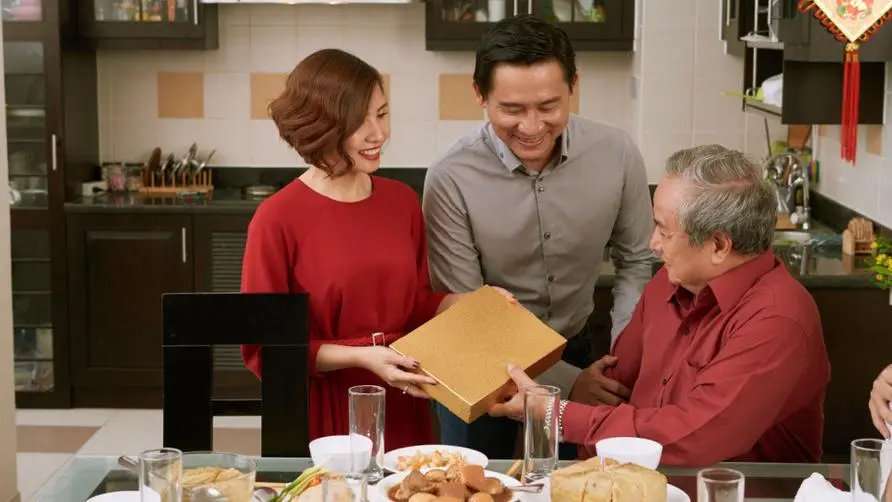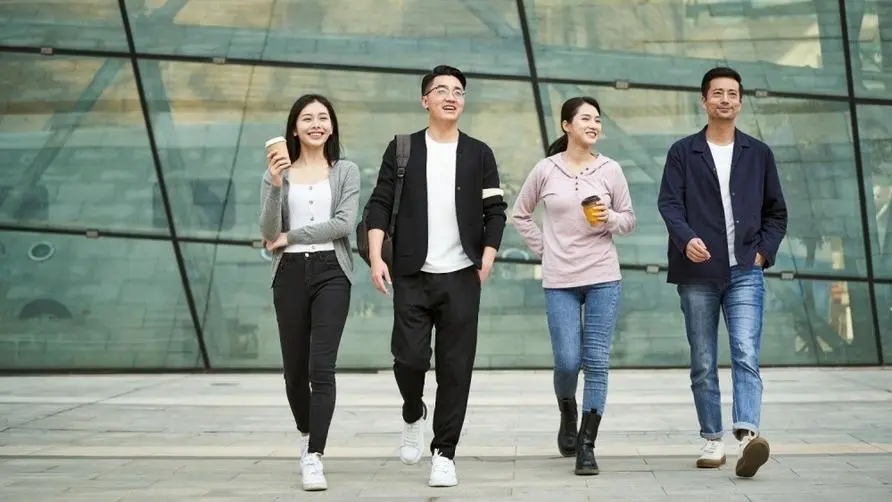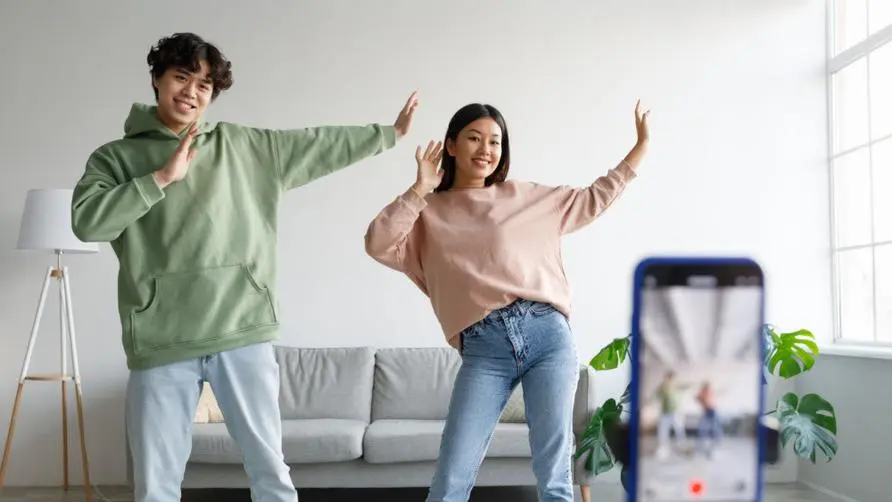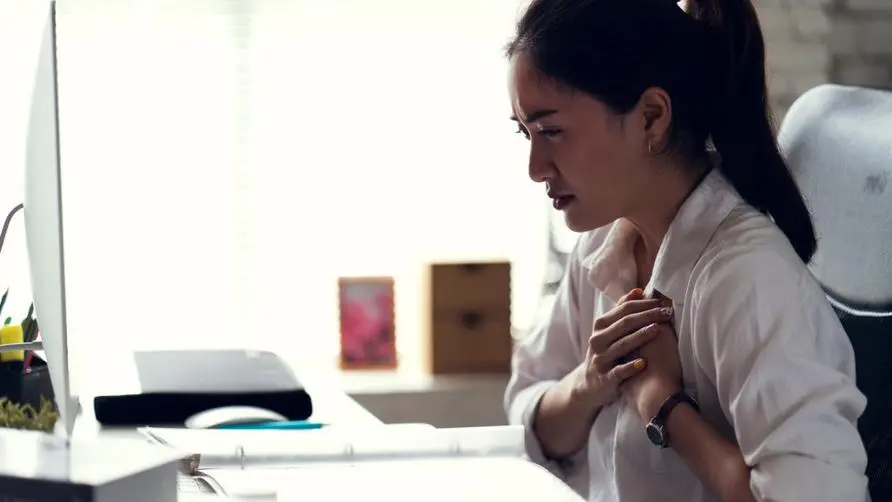What should I do if my child has scoliosis? 4D treatment system is expected to restore spinal health without surgery
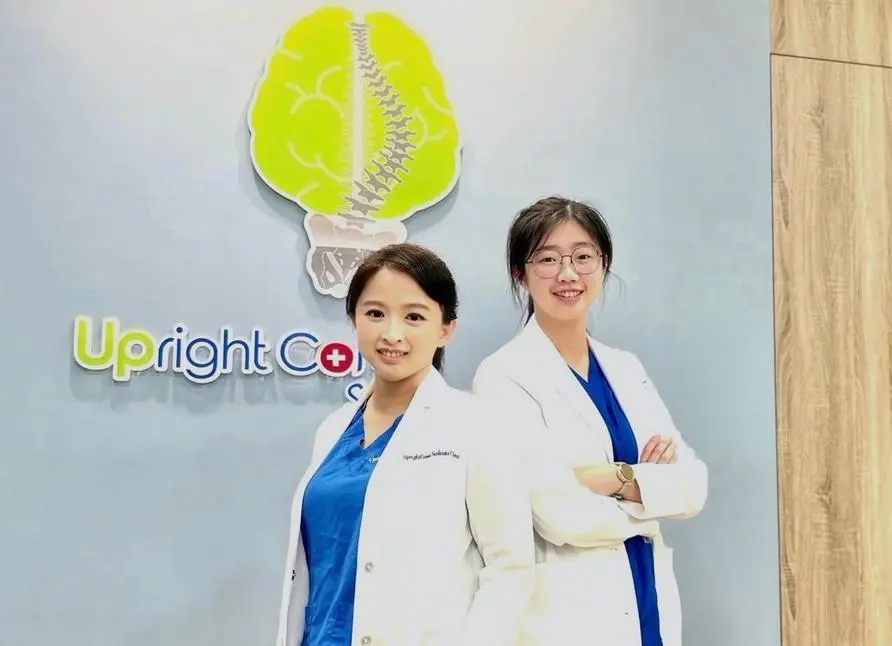
Pay attention to body asymmetry. Doctors reveal the perfect time to check the health of your spine.
Adolescence is the time for children to grow taller, but if there are symptoms such as high and low shoulders, protruding shoulder blades, bulging ribs, and body asymmetry during this period, it is very likely that scoliosis is affecting the upper body! Winter and summer vacations are an excellent time for parents to test and pay attention to the health of their children’s spine. Zeng Qinyan, director of Tinglikang Zongzong, said that when the child bends down to pick up things, you can observe whether there is a unilateral bulge in the back, whether the waist lines on both sides are even, and whether the pants are higher than the other. Low, whether the bra shoulder strap is easy to slip off on one side, etc. If the above situation is found, it is recommended to arrange a professional spinal examination and evaluation. Once the scoliosis angle is found to be greater than 30 degrees, there is a higher risk of becoming a moderate to severe scoliosis in the future. Seeking professional treatment and help, early detection and early treatment are the best things for your child.
Scoliosis is a common spinal disease among children, 80% of which are primary. The most common age of onset is around 10 to 15 years old. People most often misunderstand that scoliosis is caused by poor posture. In fact, the medical community currently The clear cause of primary scoliosis has not yet been found, so scoliosis must be paid special attention to in adolescence. The main reason is that the child’s height changes the most during the period of rapid growth, which is also the time when the risk of deterioration is highest.
“Observation and tracking, braces and surgery” are treatment strategies often used by doctors, but many parents are worried that surgery may cause sequelae or affect their children’s development, so they seek other correction methods. In order to provide Taiwanese people with advanced correction options, President of Tinglikang Zeng Qinyan personally went to Europe to learn “specific corrective exercises for scoliosis” and created the Tinglikang 4D treatment system to treat scoliosis health without surgery. Children’s spinal health correction to find a more appropriate solution.
Good spinal alignment and innovative 4D treatment system to improve spinal health
Dr. Zeng Qinyan is an expert in non-surgical scoliosis treatment and is trusted by many medical colleagues. Every year, patients come from all over Taiwan to seek treatment, and even many overseas patients come to Taiwan specifically. Adhering to the spirit of professionalism, precision, safety and high effectiveness, we have created a 4D treatment system that is more suitable for Asians and can improve scoliosis, kyphosis and other problems without surgery.
Tinglikang’s first 4D treatment system is an innovative method that combines scoliosis-specific physical therapy, smart imaging systems, exacerbation risk management, and patented scoliosis negative pressure equipment. Chief Dean Zeng Qinyan said that it is specific for scoliosis. The physical therapy focuses on allowing children to self-correct to achieve good alignment of the spine, and integrate corrective movements into daily life, so that the brain can deeply remember the “correct position” and gradually improve.
Secondly, through the smart imaging system, patients can understand their condition in real time during treatment, and at the same time, they can more clearly see the changes in their body during the correction process. Only by understanding their scoliosis well can we get back the health of our body. Dominance. According to a number of medical-related studies, understanding the progression of scoliosis progression is crucial for choosing which treatment method and intervention time. According to the specific conditions of each case, we can manage the risk of deterioration and tailor-made exclusive treatments. Finally, it is equipped with negative pressure equipment, which is evaluated and used by the therapist to help the individual case enhance the correction effect.
Chief Dean Zeng Qinyan said, I believe that good doctors have the responsibility to find more advanced solutions for patients, help patients face scoliosis, prevent deterioration, and provide professional, accurate, safe and highly effective non-surgical treatment. In the process of continuous improvement, Zeng Qinyan led a professional team and went to Europe many times to learn treatment techniques. He also invited European professors to come to Taiwan for exchanges. In 2017, he was awarded the first “World Scoliosis Master” in Taiwan, which is mainly composed of doctors. “Outstanding Recognition”, two years later, he served as the chairman of the International Scoliosis Society, and was personally authorized by Dr. Manuel Rigo, the master of the BSPTS headquarters in Spain, to be an internationally certified instructor, witnessing the milestones of scoliosis medical treatment in Taiwan.
Asia Pacific Scoliosis Correction Training Center creates a new style of scoliosis correction
In 2023, Tinglikang will enter Taipei, a city with more convenient transportation, so that more international cases can easily come to Taiwan to receive the most effective treatment. At the same time, we actively develop education and promotion. As the scoliosis correction training center in the Asia-Pacific region, we train more doctors, physical therapists, assistive devices, etc., invest in scoliosis specialists, improve the scoliosis medical environment, and allow patients to have more than just braces, observation and tracking, and surgery. In addition to treatments, it provides more effective non-surgical evidence-based treatment options.
Taipei director Luo Yuanling said that Tinglikang’s features mainly focus on professional clinical treatment of scoliosis, helping patients see changes through professional treatment. “Stand up” and “stand up” respectively represent our efforts to make the patient’s body “upright” and “stand at attention”, while “kang” represents health and recovery. When we were founded, we hoped that every word could reflect our mission and vision, which is to help individual cases see changes through medical evidence-based methods.
Further reading:

